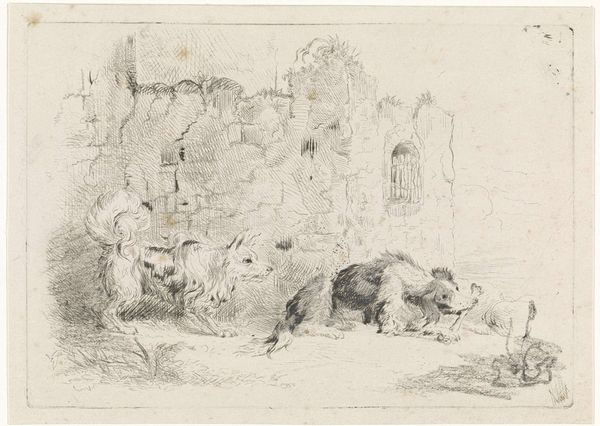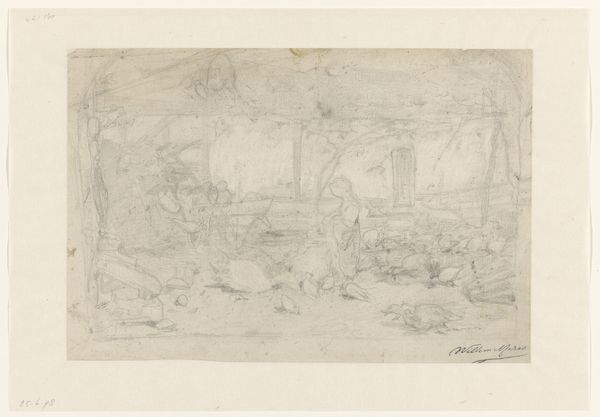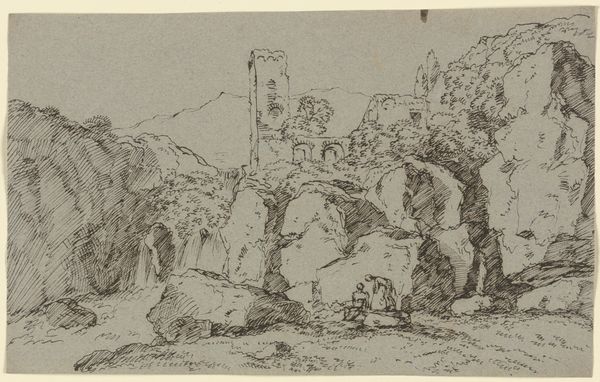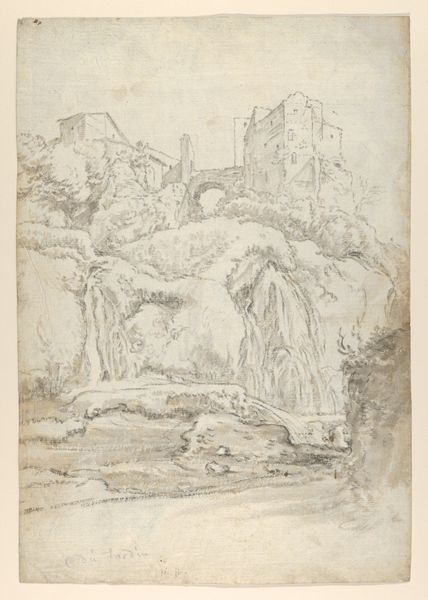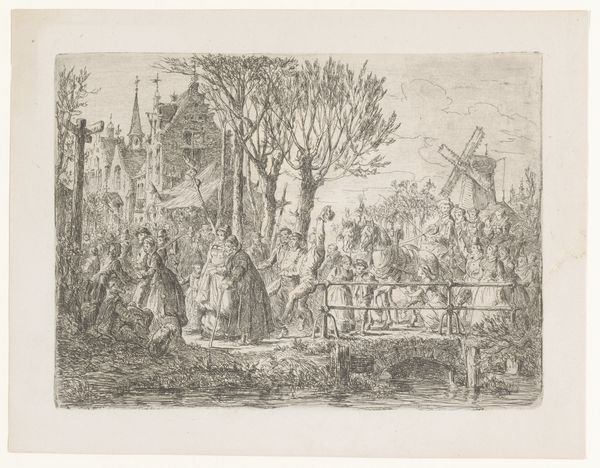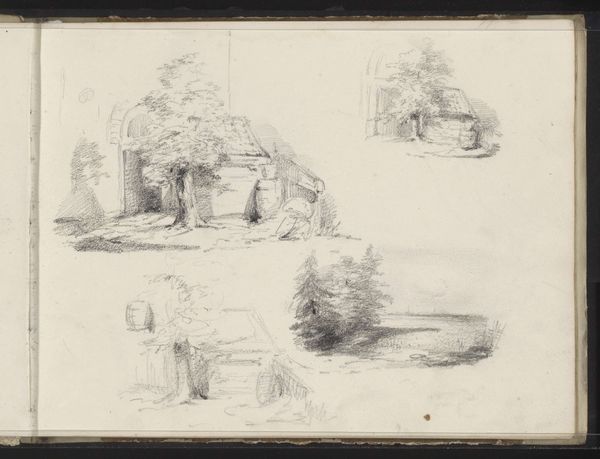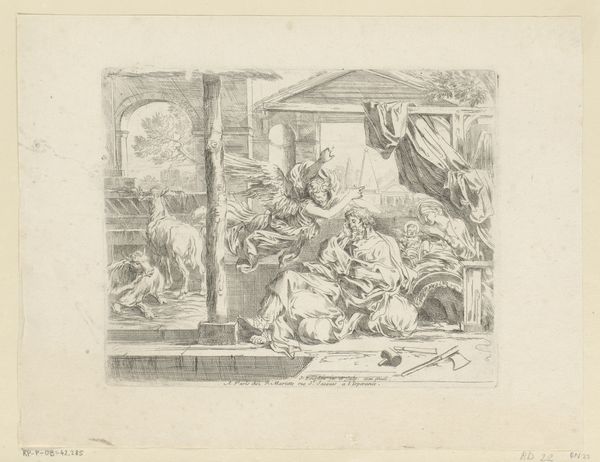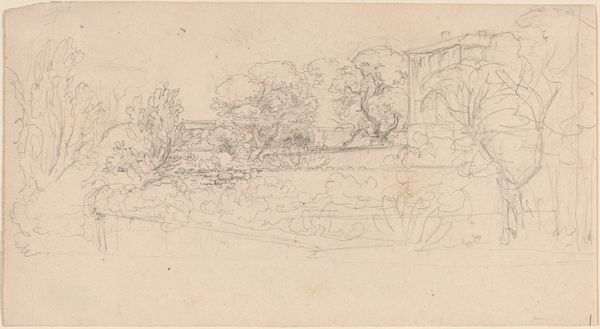
#
quirky sketch
#
pen sketch
#
personal sketchbook
#
sketchwork
#
ink drawing experimentation
#
pen-ink sketch
#
pen work
#
sketchbook drawing
#
storyboard and sketchbook work
#
sketchbook art
Dimensions: height 155 mm, width 250 mm
Copyright: Rijks Museum: Open Domain
Gerard ter Borch the Younger made this pen and brown ink drawing, 'Ruins of the Baths of Trajan', sometime in the 17th century. It presents an image of the famous Roman ruins, a subject that fascinated artists from across Europe. Ter Borch, a Dutch artist, was part of a larger cultural phenomenon. In the 17th century, the ruins of Rome became a powerful symbol. They represented both the glory of the past and the transience of human achievement, and artists flocked to Italy to document them. But these images weren't just neutral records. They reflected the cultural and political contexts in which they were made. The ruins spoke to the rise and fall of empires, and to ideas about cultural and national identity. Ter Borch and his contemporaries were working at a time when the Dutch Republic was asserting its own power on the world stage. Historians use travel accounts, architectural studies, and other images to understand how artists like Ter Borch and institutions like the art market shaped the reception of Roman antiquity in the early modern period. This drawing invites us to reflect on the dialogues between past and present.
Comments
No comments
Be the first to comment and join the conversation on the ultimate creative platform.
